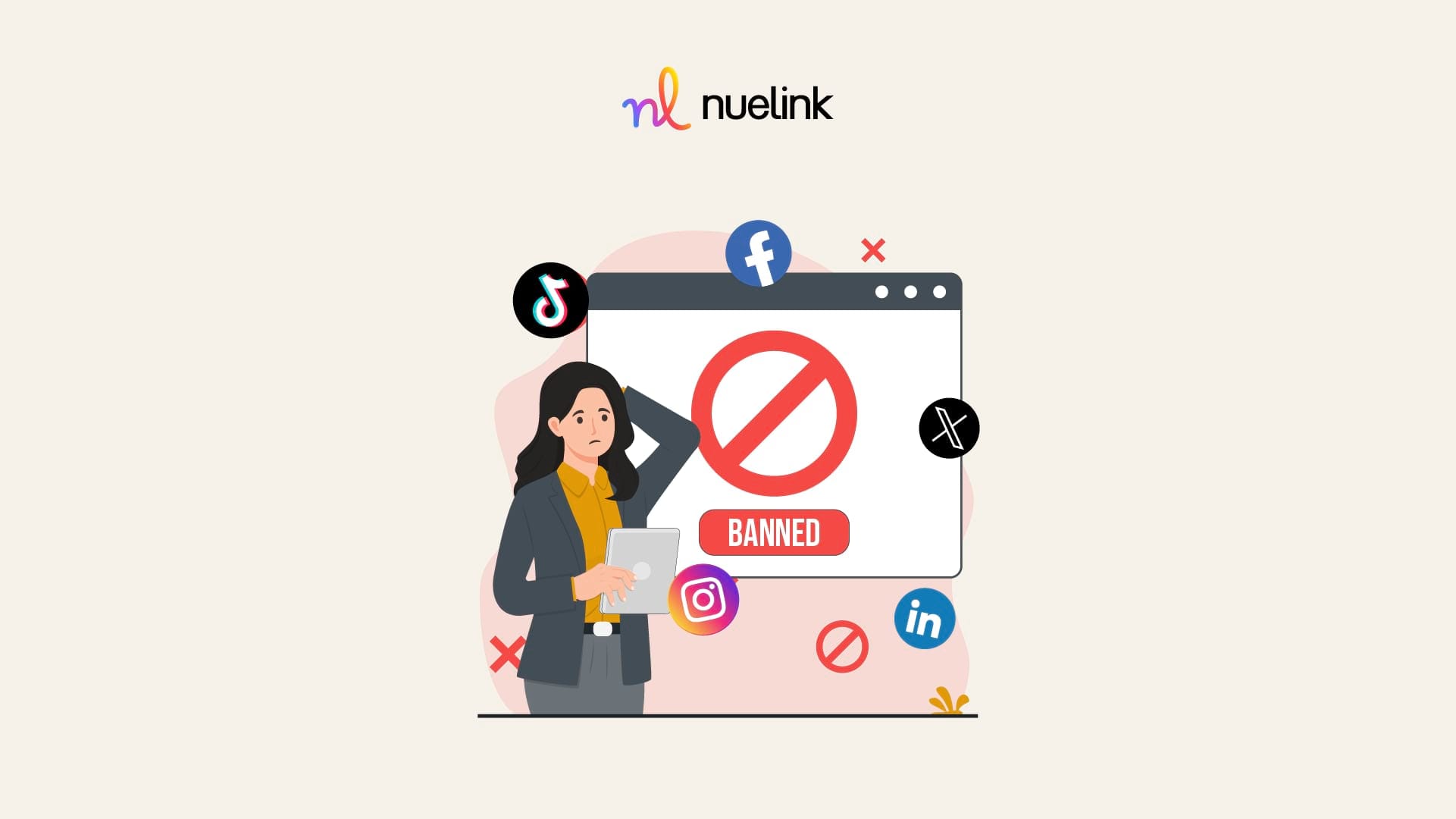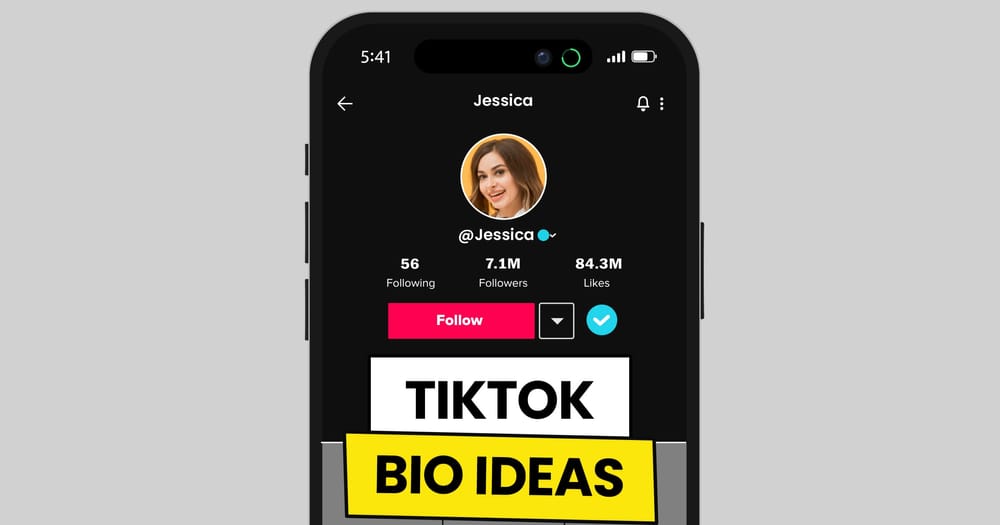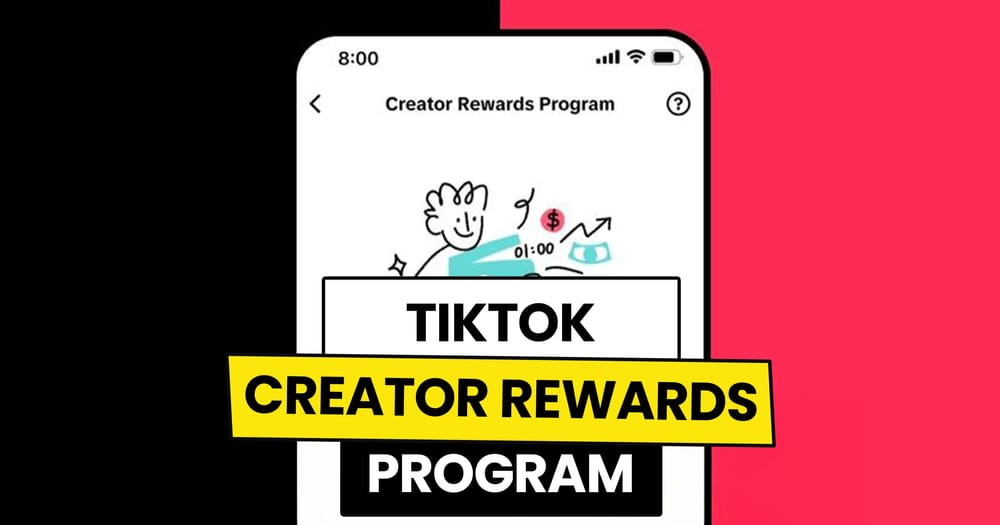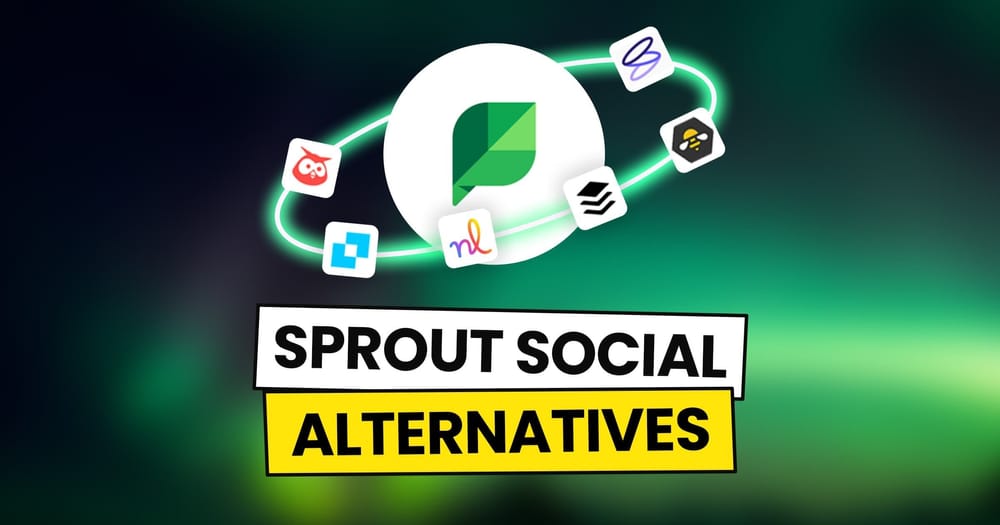As social media platforms evolve, so do the ways they manage user content. One of the more controversial strategies that has emerged is shadow banning. This practice can leave users frustrated, especially when they're unaware it's happening.
Shadow banning doesn’t just happen to rule-breakers, it can also affect users who, by all intents and purposes, are not breaking any rules. In many cases, social media algorithms are designed to limit certain harmless behaviors that may conflict with the platform's goals.
In this blog, we’ll break down what shadow banning is, how it works, and what you can do if you suspect it’s affecting your social media presence.
- What is Shadow Banning and How Does it Work?
- Why Platforms Use Shadow Banning?
- Signs You Might Be Shadow Banned
- What to Do if You’re Shadow Banned?
What is Shadow Banning and How Does it Work?
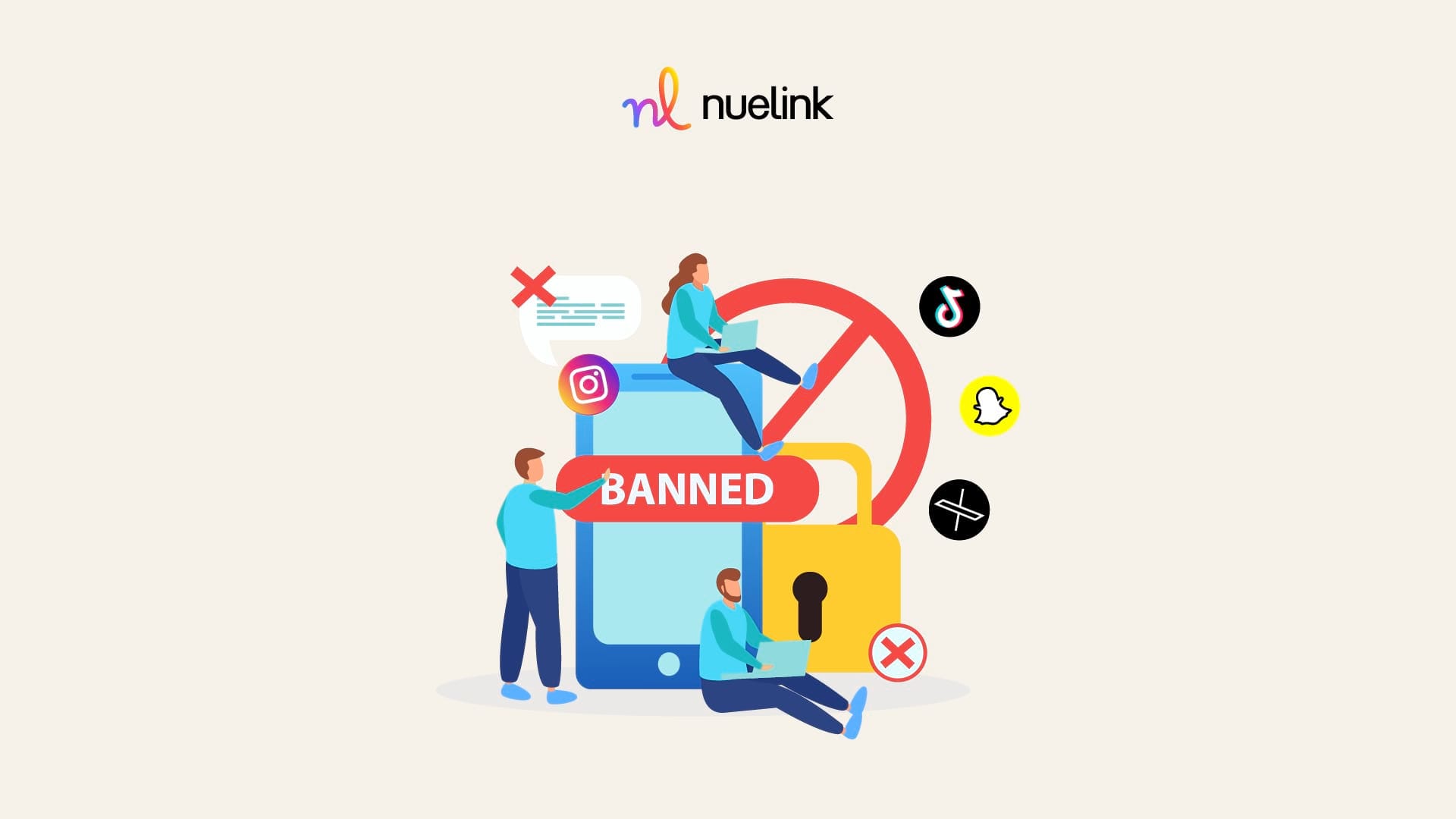
Shadow banning happens when a social media platform limits the visibility of a user's content without directly notifying them. While users can still post and engage with the platform, their posts may not appear in search results, on followers’ feeds, or in hashtag groups.
Essentially, their content is "hidden" from the broader audience, making it harder for them to gain visibility and engagement. In 2024, research showed that 30% of social media users suspect they have been shadow banned at some point, especially on platforms like Instagram and TikTok.
The goal of shadow banning is often to reduce the spread of content that violates community guidelines or to limit spam-like behavior without outright banning the account.
Unlike an official ban, shadow banning operates behind the scenes. When a user is shadow banned, they might not receive any formal notice, making it difficult to detect.
This tactic allows platforms like Instagram, TikTok, or Twitter to discreetly reduce what they perceive as harmful or disruptive content, avoiding the backlash that might come with a full account suspension, especially that concerned with free speech.
Why Platforms Use Shadow Banning?
Shadow banning doesn’t happen to everyone, but it can affect your account if certain behaviors or violations are detected by the platform. This practice is subtle and often misunderstood, as users may not even realize it’s happening.
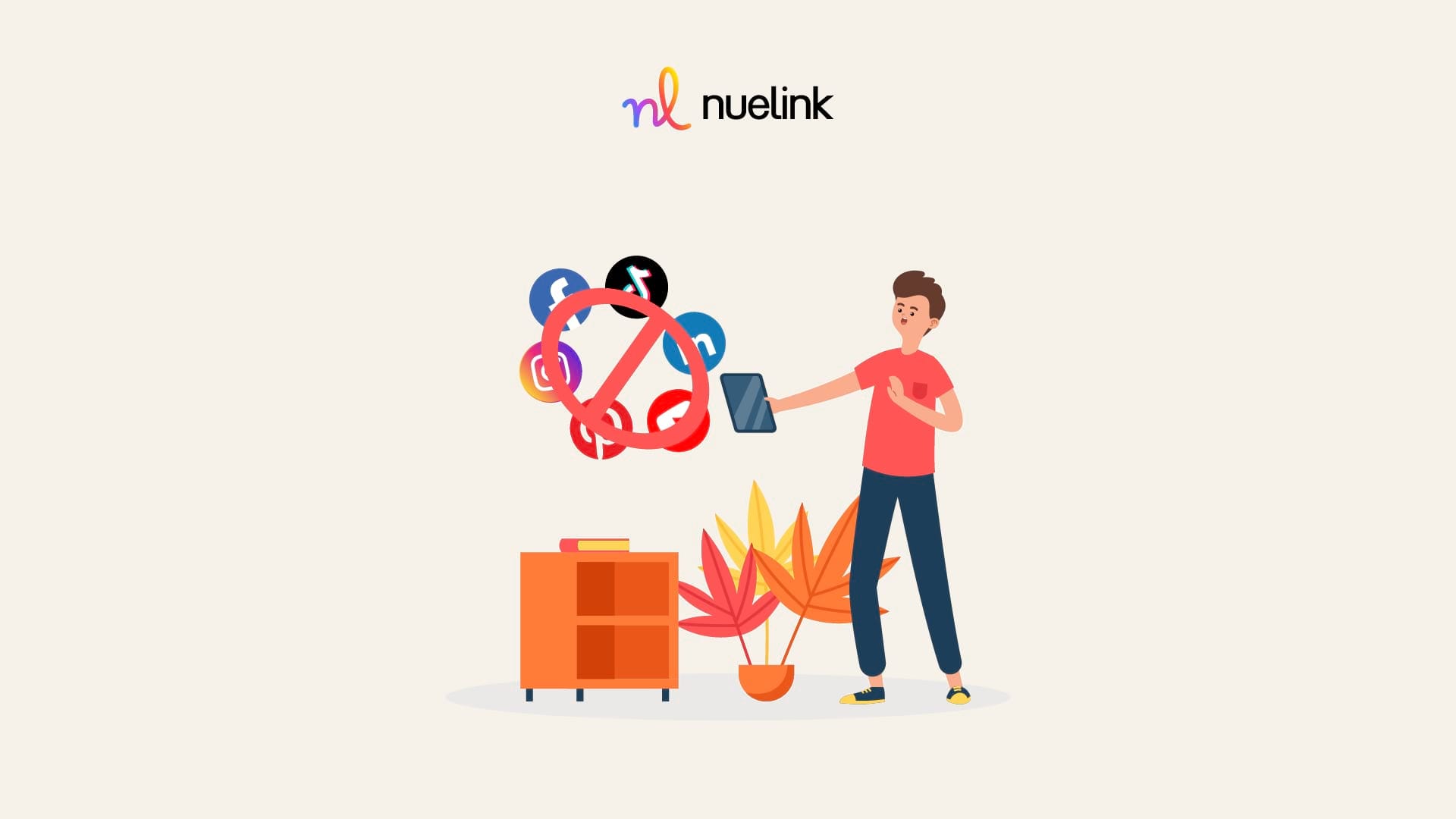
Here are some of the most common reasons why shadow banning occurs:
Content Violations
Posting content that violates a platform’s community guidelines is one of the leading causes of shadow banning. Platforms like Instagram, TikTok, and Twitter have strict rules about the types of content they allow, especially when it comes to sensitive topics such as hate speech, nudity, misinformation, or violent imagery.
If your post crosses any of these lines, even unintentionally, it could lead to your content being restricted without notice. It’s crucial to understand and respect each platform's guidelines to avoid this.
Spammy Behavior
Social media platforms are designed to encourage genuine engagement. When users engage in behavior that mimics spam, it can raise red flags.
These actions can be seen as manipulative tactics to game the system and artificially inflate your reach. Shadow banning is often the platform’s way of reducing the visibility of these behaviors without issuing a full suspension.
Overuse of Hashtags
While hashtags are a great way to increase visibility, overuse, or the use of irrelevant or banned hashtags, can lead to trouble. Many platforms monitor the hashtags users include in posts. Using the same set of hashtags repeatedly, or adding excessive numbers of tags to every post, can come across as spammy. So, it’s best that you keep your hashtags fresh.
Cross-Promoting Other Platforms
One often overlooked cause of shadow banning is promoting other social media platforms. If your content includes direct references or links to other platforms, like telling followers to check out your TikTok or sharing your latest YouTube video, your post might get flagged.
Social media platforms don’t want to lose user engagement to their competitors, so mentioning or linking other platforms could result in reduced visibility. This is especially true for video platforms that are in direct competition, such as Instagram limiting the reach of TikTok or CapCut videos.
Frequent, Repetitive Actions
Performing the same actions repeatedly in a short span of time, like liking a lot of posts or following dozens of accounts in a short time, can be seen as suspicious. Platforms aim to encourage organic interaction, and these repetitive actions can be interpreted as bot-like behavior.
When algorithms detect this pattern, your account might be restricted as a result. So, it’s always a good idea to strike a balance.
Algorithm Updates
Sometimes shadow banning isn’t a direct result of violating guidelines, but a consequence of changes in the platform’s algorithm. Platforms constantly update their algorithms to provide a better user experience and crack down on suspicious activities.
These updates might affect your account’s visibility, especially if the new system flags your activity as unusual or inauthentic. For example, Instagram frequently rolls out changes that impact how and when content appears in users’ feeds. A drop in engagement could be the result of these algorithm shifts, which may indirectly lead to a form of shadow banning.
Signs You Might Be Shadow Banned
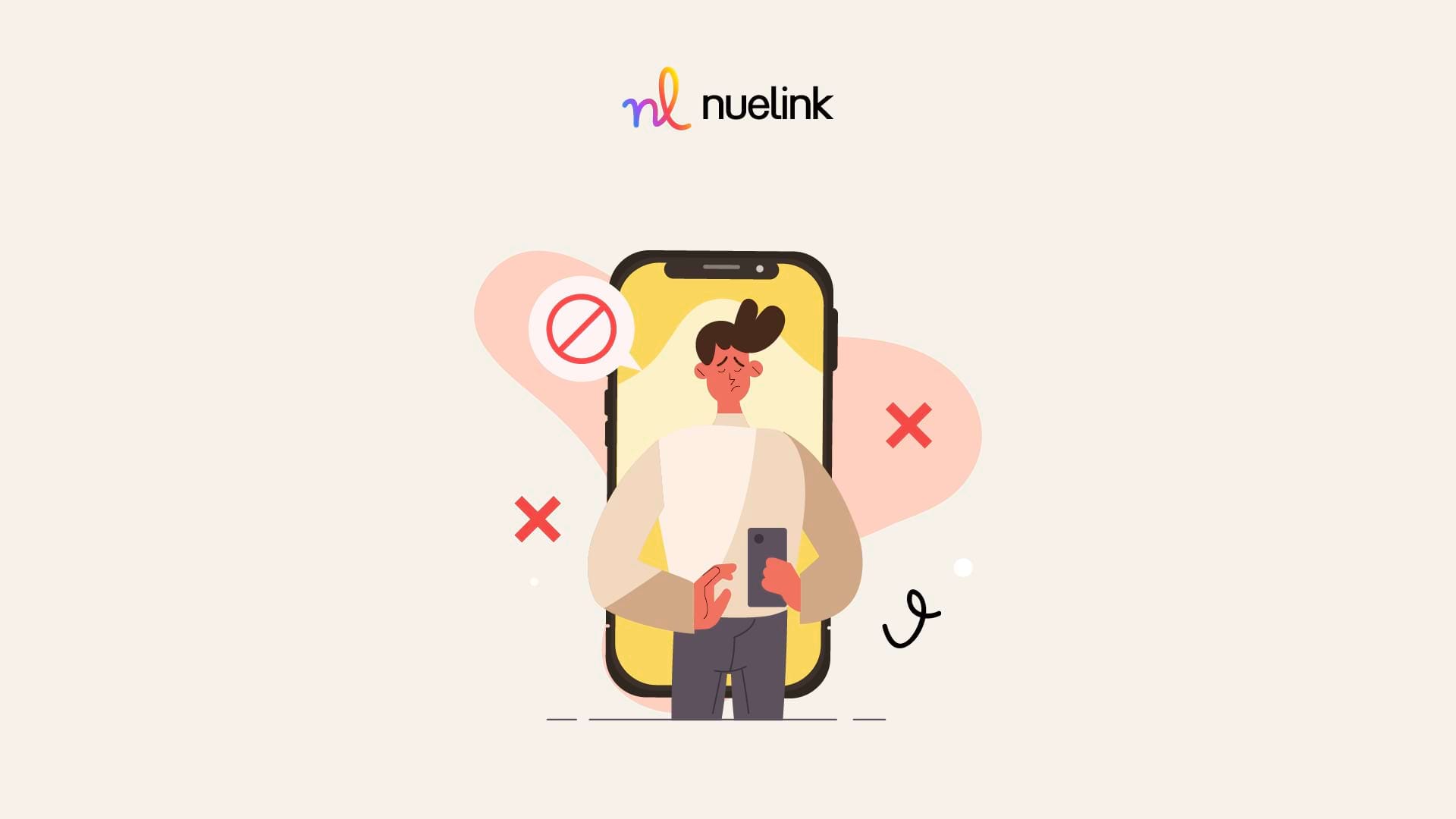
If you suspect that your account has been shadow-banned, there are a few key signs to watch for. Since platforms don’t notify users when this happens, it can be tricky to identify, but the following signs can help you figure out if your content is being restricted:
Significant Drop in Engagement
One of the most noticeable signs of shadow banning is a sudden and drastic drop in likes, comments, shares, and overall interaction on your posts. If you typically receive consistent engagement and it unexpectedly plummets, you may be shadow banned.
Posts Not Showing in Hashtag Searches
A classic sign of shadow banning on platforms like Instagram is that your posts stop appearing in hashtag searches. To test this, try using a unique or less popular hashtag in your post, then search for it from another account. If your post doesn't show up, it could mean that it’s been restricted.
Your Followers Stop Seeing Your Posts
If followers start telling you they aren’t seeing your content in their feeds, even though you’ve been posting consistently, this is another sign you might be shadow banned. When a platform limits your reach, your content may not be visible even to people who actively follow you.
Limited Reach on Explore Pages or Feeds
If your posts used to show up on the platform's explore pages or in suggested feeds and that no longer happens, this could be a sign of a shadow ban. Explore pages are driven by algorithms, and if the platform flags your account for suspicious activity, your content is less likely to be recommended.
New Users Can’t Find Your Account
Sometimes shadow banning goes beyond just hiding posts, new users may have difficulty finding your account altogether. If someone searches for your handle and it doesn't appear in the search results, the platform may be limiting your visibility.
Comments or Messages Go Unseen
If people aren’t responding to your comments or messages like they used to, it could be because those interactions aren’t being shown to them. A shadow ban can limit not only your post visibility but also how your account interacts with others across the platform.
What to Do if You’re Shadow Banned?
If you suspect your account has been shadow-banned, don’t panic! There are steps you can take to lift the ban and regain visibility. Shadow banning is typically temporary, and with the right approach, you can get back on track. Here’s what to do:
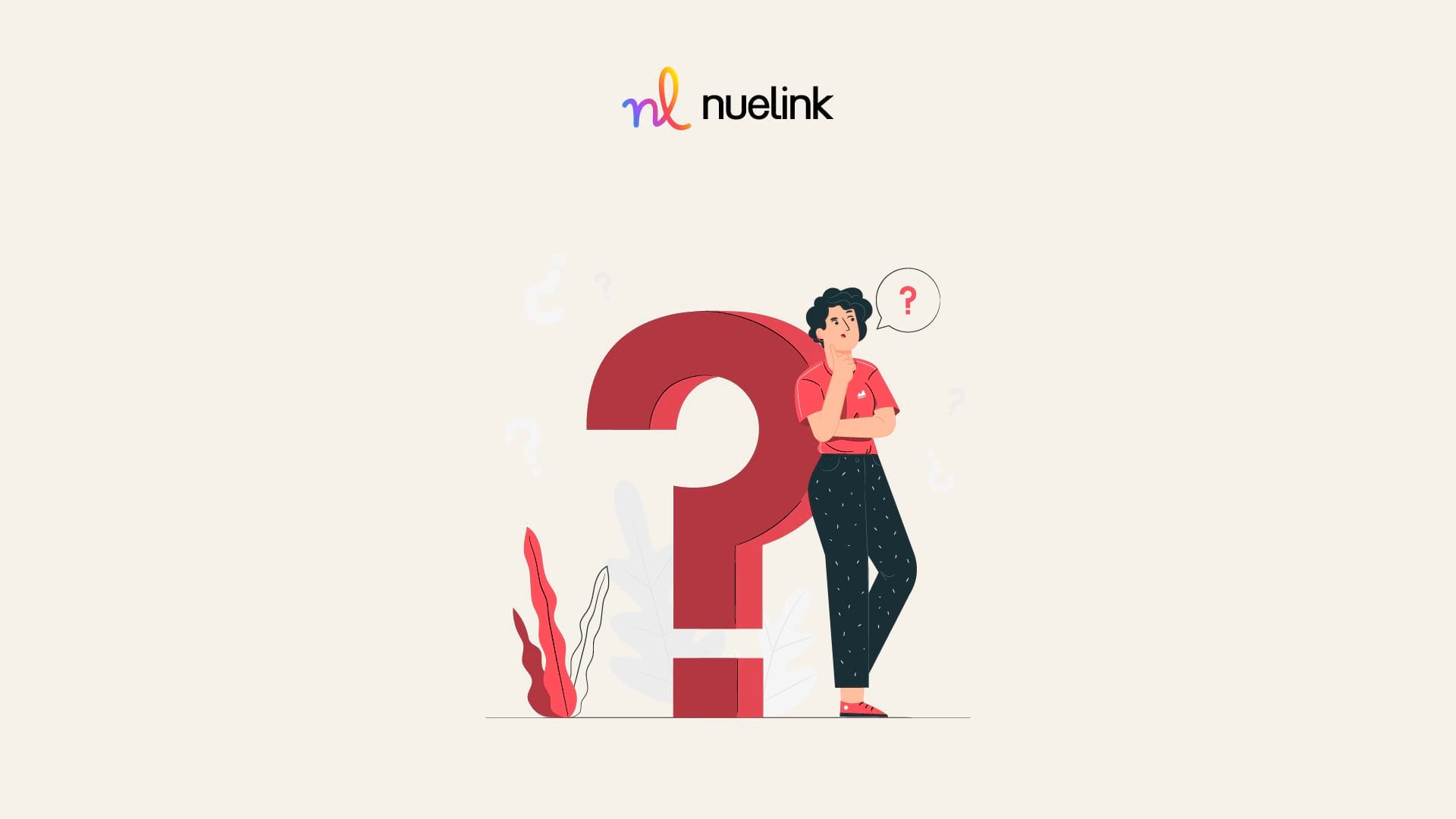
Take a Break from Posting
One of the first things you should do if you think you’ve been shadow banned is to pause your activity for a few days. Refrain from posting, commenting, or interacting excessively on the platform.
This break gives the algorithm time to reset and may help resolve the issue without further negative consequences.
Review Platform Guidelines
Carefully review the platform’s community guidelines to ensure you’re not violating any rules. Platforms like Instagram, TikTok, and YouTube all have specific policies about content, interactions, and hashtags.
If your content, captions, or engagement practices have unknowingly crossed these lines, this could be the reason for the shadow ban. Make any necessary adjustments to avoid future violations.
Stop Using Banned or Overused Hashtags
Using banned or overly popular hashtags can trigger a shadow ban. Audit your recent posts and ensure you’re not using any flagged hashtags. You can check for lists of banned hashtags online, or manually test them by searching for them to see if they still display content. Stick to relevant and varied hashtags to avoid appearing spammy.
Slow Down on Repetitive Actions
If you've been engaging in excessive or repetitive actions, slow down. These behaviors often trigger shadow bans, as they mimic spam tactics. Engage more naturally and spread out your actions over time to avoid being flagged by the platform’s algorithm.
Limit Cross-Promotion of Other Platforms
Mentioning or linking to competing social media platforms can cause the algorithm to reduce your visibility. If you’ve been promoting other platforms like TikTok or YouTube in your posts, try removing or reducing these mentions.
Monitor Your Analytics
Keep an eye on your account analytics to identify any unusual drops in engagement or reach. This will help you confirm if the shadow ban is in effect and monitor progress as you work to resolve it. Look for patterns in when the drop happened and whether specific posts or actions triggered it.
Reach Out to Support
If your account isn’t recovering despite taking these actions, it might be time to contact the platform’s support team. Explain the situation and inquire if any penalties have been placed on your account. While platforms rarely provide direct responses to shadow banning, they may offer insights or resolve the issue if there’s been a misunderstanding.
Focus on Organic Engagement
The best way to recover from a shadow ban and prevent future issues is to focus on organic, authentic engagement. Build real relationships with your audience by interacting genuinely. You can use a tool like Nuelink to reply to comments and engage your audience without overdoing it.
Shadow bans are usually temporary and can last anywhere from a few days to a couple of weeks, so be patient. By following these steps and adjusting your behavior, you’ll likely see your account’s reach and engagement return to normal in time.
Be patient, stay authentic, and always play by the platform’s rules to maintain long-term success.

